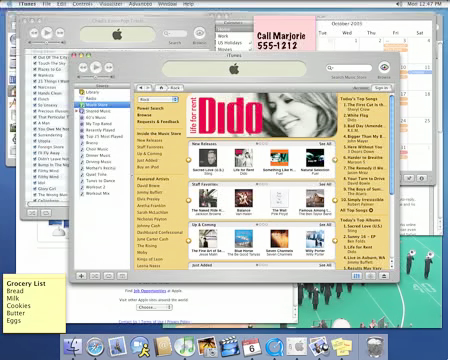I’m not certain on how many people took part in last Wednesdays National Driving test, but I got asked today about my score… hehe I think I’m a good driver! :) Here it is:
Driving Intro:
Q1: A (correct), Q2: C (correct), Q3: C (correct), Q4: B (wrong – A), Q5: C (correct)
Safety Signs:
Q6: C (correct), Q7: A (correct), Q8: A (correct), Q9: B (wrong – A), Q10: A (wrong – B)
Giving Way:
Q11: A (wrong – C), Q12: C (correct), Q13: B (wrong – A), Q14: A (wrong – B), Q15: B (correct)
Safe Driving:
Q16: C (correct), Q17: A (correct), Q18: C (correct), Q19: A (correct), Q20: B (correct)
Traffic Signs:
Q21: C (wrong – B), Q22: B (correct), Q23: C (correct), Q24: C (correct), Q25: B (wrong – A), Q26: C (wrong B – this was the contraversial Shared Zone Q.)
Parking: (I gotta practice more on my parking hehe)
Q27: B (wrong – C), Q28: A (wrong -B), Q29: B (wrong – C), Q30: C (wrong A – controversial Postbox question with no Time restriction), Q31: C (wrong), Q32: B (correct), Q33: A (correct), Q34: A (wrong – C)
Sharing the Road:
Q35: B (wrong A), Q36: A (wrong – C), Q37: C (wrong B), Q38: A (give way to everyone in round-about), Q39: B (correct)
Equipment and Tactics:
Q40: A (correct), Q41: A (wrong – C Door Delivery Q.), Q42: B (correct), Q43: C (wrong – A), Q44: C (Correct), Q45: B (correct – this was the other controversial question about the high beams when overtaking. It was suggested this rule needed changing. Got it right!)
Speed and Reaction:
Q46: A (correct), Q47: A (correct, 1.5), Q48: B (wrong – C), Q49:A (wrong C – 36km/h), Q50: A (wrong – B)
Awareness:
Q51: C (correct, powersnooze), Q52: A (correct), Q53: A (correct), Q54: A (wrong B – What the hell’s a headcheck!), Q55: A (wrong – C)
